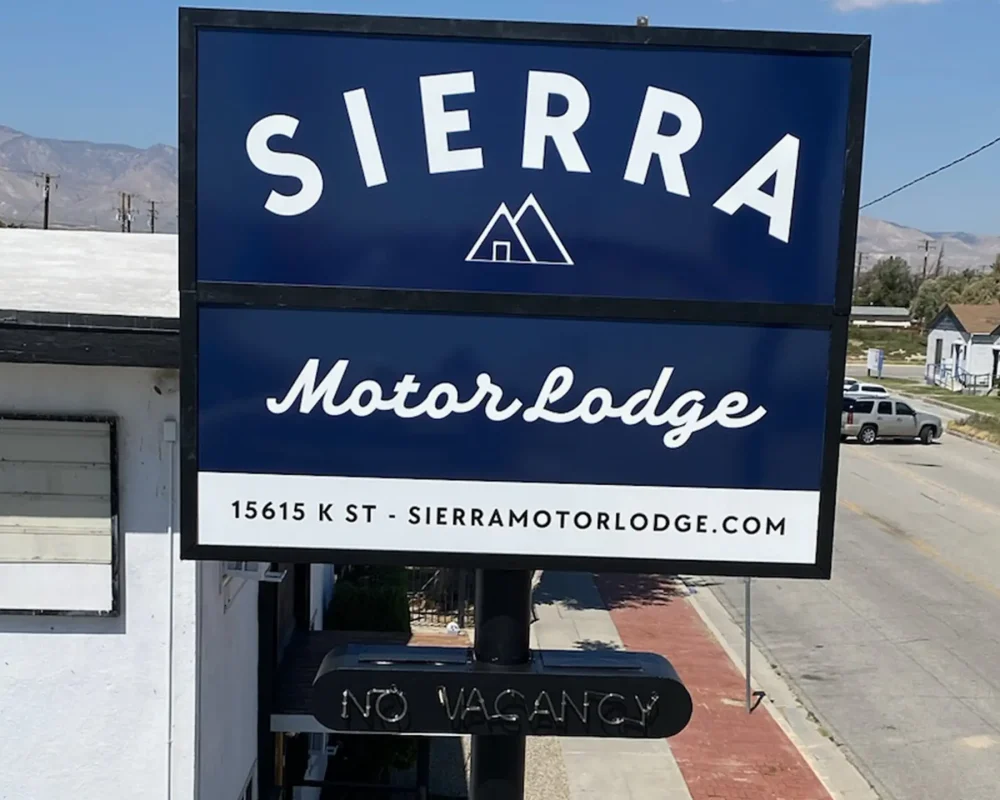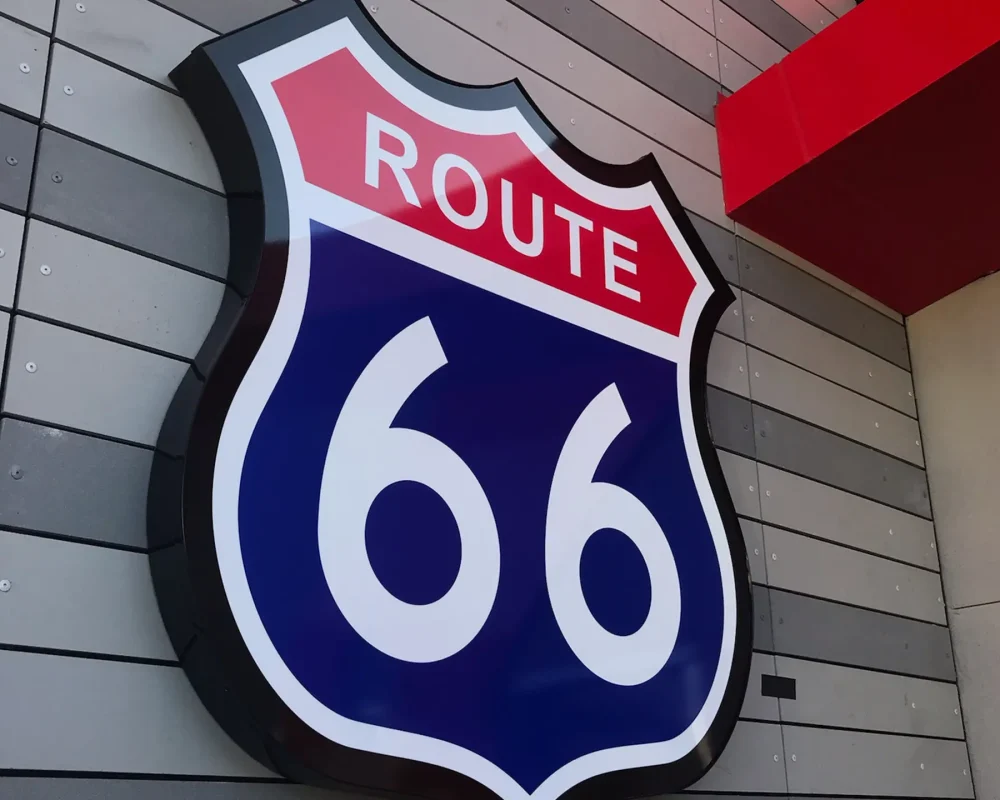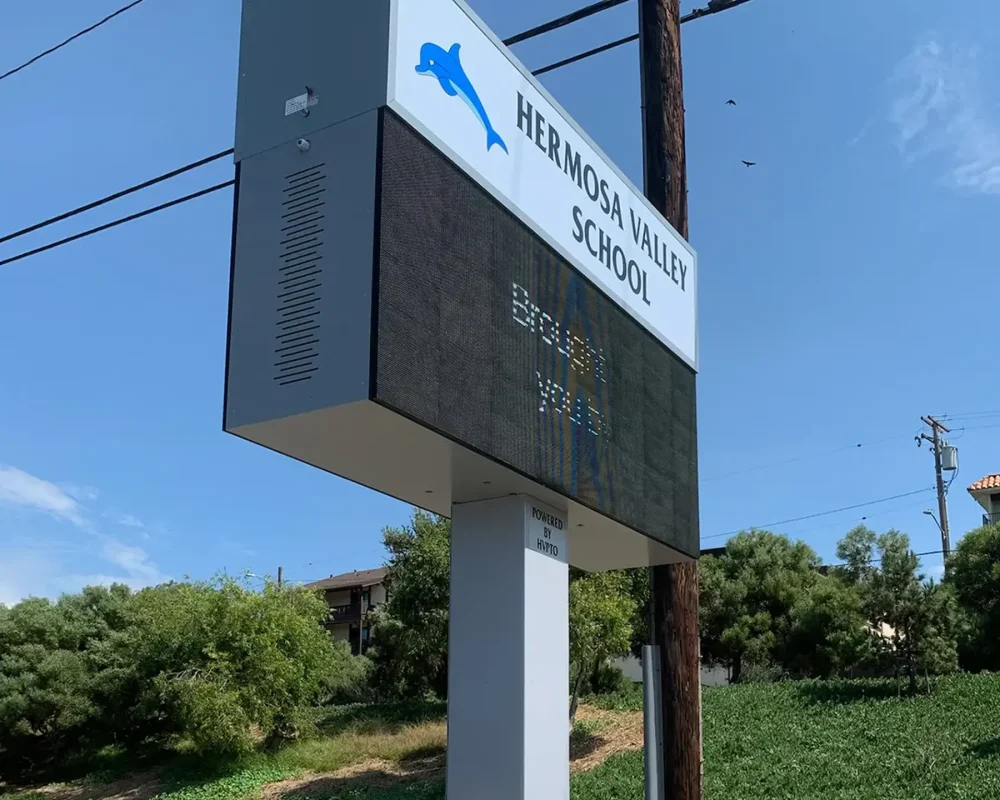In Southern California, ensuring that public-access buildings are accessible to everyone is paramount. This guide delves into the intricate details of ADA-compliant signs, from understanding the legal landscape to the nitty-gritty of installation.
Understanding ADA Signage Requirements
Understanding the ADA guidelines requires a detailed study of both federal and state laws. California’s building code, known as Title 24, adds specific requirements to the federal ADA standards. This includes minimum and maximum height regulations, font specifications, and Braille translation rules. A complete understanding of these regulations ensures that your building complies with the law and promotes genuine accessibility. The best way to understand and comply with these requirements is to utilize the experts at Resource 4 Signs for all your ADA sign manufacturing and installation needs.
Selecting the Right Signs
The selection of ADA-compliant signs goes beyond merely finding signs that include Braille. You must also consider factors such as color contrast (usually 70% contrast between the text and background), non-glare finish, proper use of upper and lowercase letters, and font choices that are Sans Serif.
Working with a vendor specializing in ADA-compliant signs can simplify this process. They will help you choose the appropriate symbols, pictograms, and even the correct type of Braille for specific public-access buildings.
Planning Sign Placement
The placement of signs is not arbitrary. Signs identifying rooms and spaces must be located adjacent to the latch side of the door. Where there is no wall space, alternative locations are prescribed. Tactile text descriptors must be placed between 48 and 60 inches off the floor, with many other nuanced rules depending on the particular situation.
Collaborating with architects and using ADA compliance software tools can help your business achieve the perfect alignment and positioning.
Installation Guidelines
Installation requires precision and care. A step-by-step guide includes:
- Marking the exact height.
- Using the proper tools, such as a laser level, to ensure straight alignment.
- Selecting materials and adhesives that comply with ADA standards.
You must ensure that signs are securely mounted and are not prone to falling or shifting, as this could result in non-compliance.
Inspection and Maintenance
Routine inspections must be scheduled to check for any wear and tear, fading, or damage. Regular cleaning with non-abrasive materials is necessary to keep the signs legible. A maintenance log should be maintained, including dates of inspections and any repair or replacement done. Ensuring that replacements meet current ADA standards is essential, as regulations may change.
Working with Local Authorities
Documentation is critical to smooth interactions with local authorities in Southern California. You must maintain a record of your compliance efforts, including planning documents, vendor certifications, and inspection logs. Building relationships with local inspectors and following local codes, which may be more stringent than federal regulations, will aid in a smoother compliance process. Resource 4 Signs has expertise in navigating the challenging regulatory landscape. We encourage Southern California builders to utilize Resource 4 Signs for all your ADA sign manufacturing and installation needs.
Conclusion
Compliance with ADA standards is an ongoing commitment. Understanding the intricate details of ADA-compliant signage, from legal requirements to careful installation, builders, and contractors in Southern California can create genuinely inclusive public spaces. Continuous learning and collaboration with experts in the field ensure that buildings not only meet the letter of the law but the spirit of accessibility that the ADA represents.




